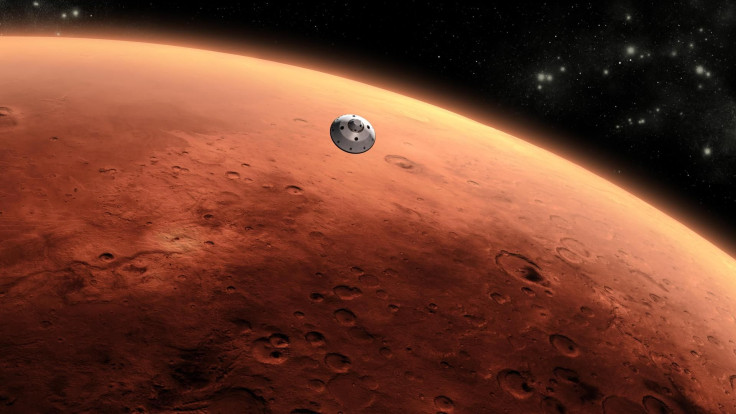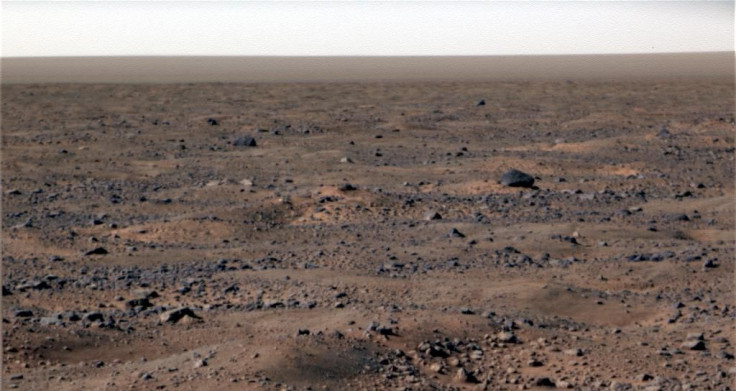Alien Fossils On Mars: Scientists Look To Desert Bacteria On Earth For Help In Extraterrestrial Search

Did aliens ever live and breathe on Mars? As scientists search for extraterrestrials on Earth’s neighboring planet — or evidence they once existed there — they are turning to extreme environments here for help understanding what to look for.
According to a report from the France-based international news service AFP, the Atacama Desert in Chile is a natural comparison to Mars because it is “hot, dusty and extremely dry.” Experts are studying the microorganisms living in that desert as well as its environment, and NASA has used it to practice drilling for samples, since it’s likely that the similarly inhospitable surface of Mars would drive life underground.

Life at Atacama includes “tiny algae and bacteria that have evolved to survive in the parched earth on little more than sunlight,” AFP says.
We’re not exactly expecting to find skeletons of humanoid species on Mars during our search for aliens there, but there’s a chance of finding fossils of living creatures like microorganisms that have things in common with those in the Atacama Desert. Such a finding “could shed light on our own origins.”
Read: Neil deGrasse Tyson Says We’re Getting Closer to Life on Mars
The Red Planet seems barren now, but it’s not out of the realm of possibility that small life previously existed there. Scientists recently found tiny fossils in Canada that are evidence of bacteria living in underwater hydrothermal vents during Earth’s youth, billions of years ago. Similar environmental conditions could once be found on Mars.
Although it might sound arrogant that humans would search for alien life based on the premise that an extraterrestrial being would require the same environmental conditions to sustain it that Earthlings do, scientists have pointed out that the most crucial elements that support life here, such as oxygen, carbon and hydrogen, are also the most abundant elements in the universe.
Atacama is not the only desert NASA has used for Mars practice — the Mojave Desert in the American Southwest is also similarly inhospitable, so taking samples there provides a decent approximation to what such extraterrestrial work would be like. There are other places on Earth that resemble Mars too, in different respects like lower temperature and atmospheric pressure.
See also:
© Copyright IBTimes 2024. All rights reserved.











